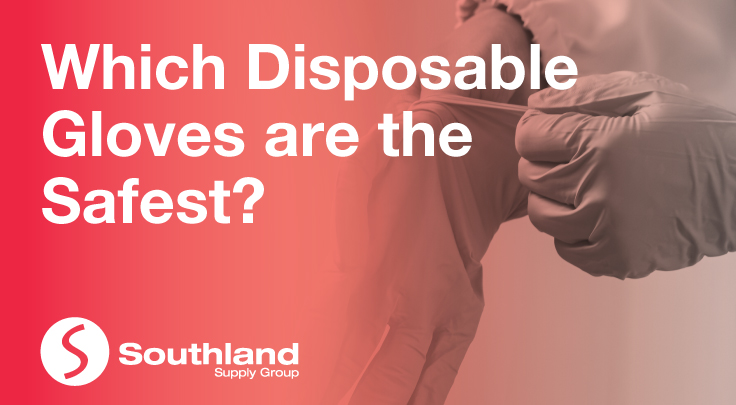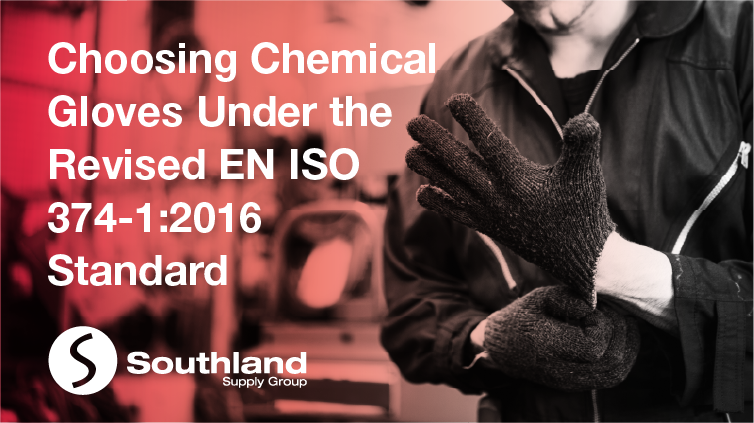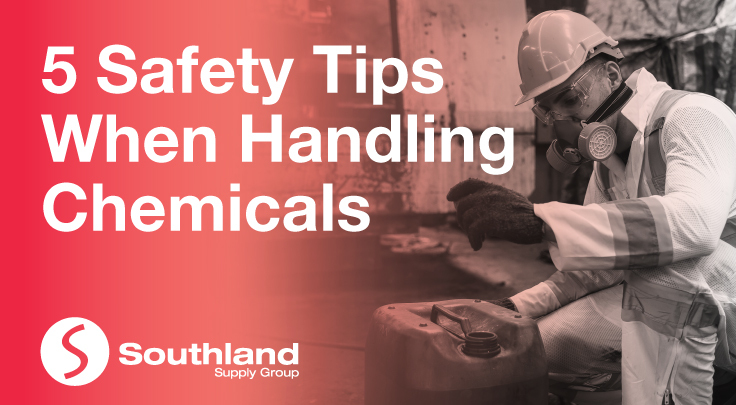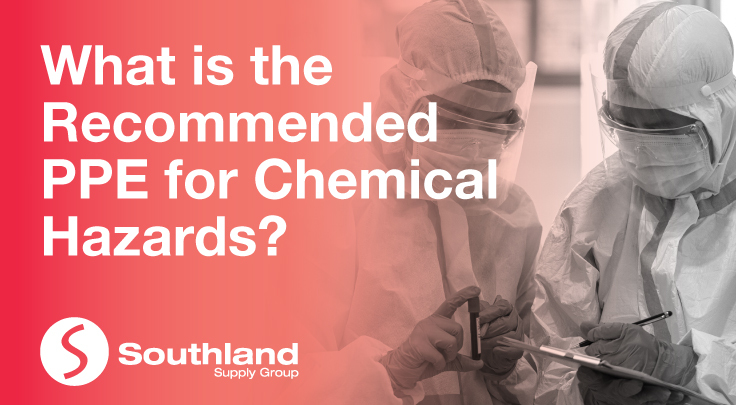When working with hazardous chemicals, selecting the right chemical resistant gloves is crucial for your safety. The wrong safety gloves can lead to serious injuries, so it's essential to choose a pair that suits the specific chemicals you handle and the tasks you perform. Here’s a guide to help you make the right choice.
- April 22, 2024Read more »
Disposable gloves vary in safety features, making it crucial to consider specific characteristics when making your selection. Key factors include puncture resistance, chemical resistance, and protection against viruses and bacteria.
Puncture resistance is vital, particularly in industries like healthcare and waste management where workers encounter sharp objects regularly. Thicker gloves typically offer better puncture resistance.
- July 11, 2022Read more »
The EN ISO 374 standard stipulates the requirements of manufacturers to test chemical gloves for Permeation, Penetration and Degradation.
- May 23, 2022Read more »
Toxic chemicals and substances present a wide range of health risks and physical hazards to employees such as skin irritation, carcinogenicity, flammability, and corrosion.
Here are some basic tips to keep in mind when handling potentially hazardous chemicals:
- February 14, 2022Read more »
Anyone working with hazardous chemicals risk exposure to toxic splashes, temperature extremes, and harmful fumes. The dangers can be immediate or long-term, with symptoms of exposure or ingestion not always visible, but dangerous, nonetheless. An important safeguard when working with hazardous chemicals is wearing the right Personal Protective Equipment (PPE).
- January 31, 2021Read more »
The cut rating of a glove determines how resistant the gloves are. In Australia, the AS/NZS 2161 Glove Standards is used, which is replicated from the EN388 Standard. Read on through the blog to understand the new safety glove cut ratings.






